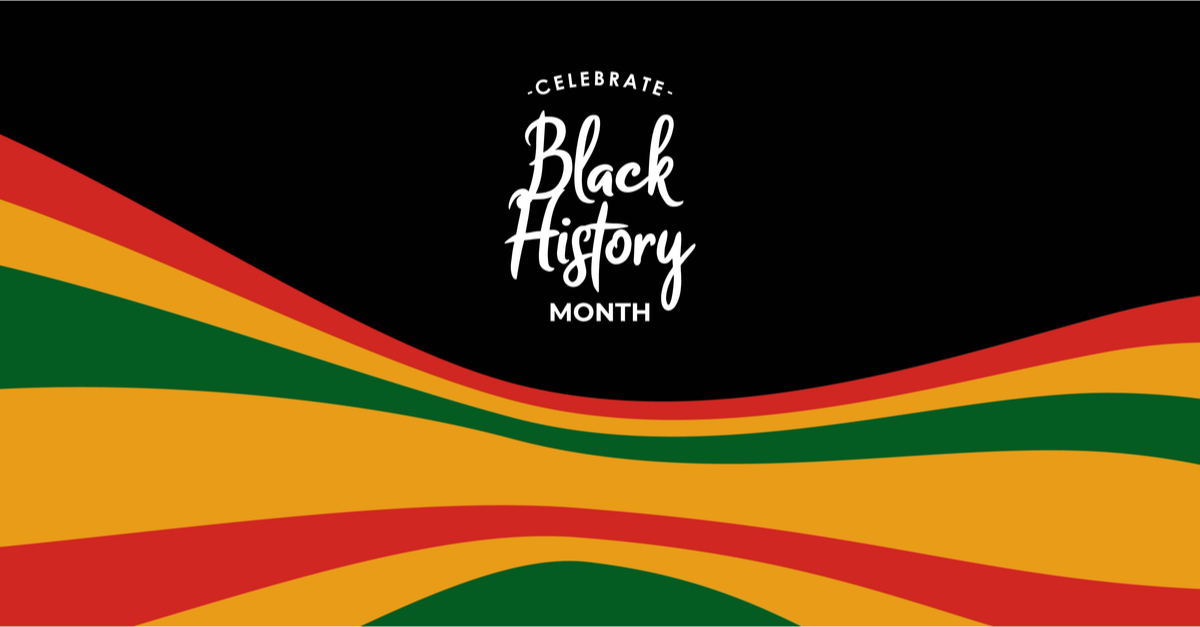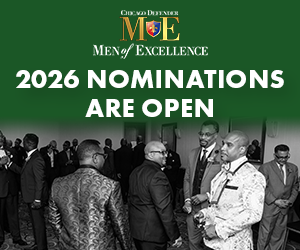Lifestyle. A word often defined as a way of living or existing that reflects the attitudes, styles, or beliefs of a person or group of people. Lifestyles are ways people express themselves. They’re how individuals become who they are based on things they’ve seen and learned. They’re built on traditions passed down for generations to come in hopes that the history and stories of traditions won’t fade away. History. A systemic study on past events or people. An account of actions taken. An account of actions ignored. History. The story of the past and present that shapes the future. Black History. The story of African-Americans past and present. The story that is only recognized openly and consistently during the shortest month of the year. The story that changes every day. Stories of people that aren’t consistently taught in schools. The stories of marginalized beings that overcame so much but those stories are often misconstrued. The history of black people is an endless journey that persons of color live every day. From our unique clothing to unmatched cuisine life as a black person is delightfully complex.
During the month of February, the history of our culture is intentionally magnified. Commercials, products in mainstream stores, unsung heroes, celebrations for the culture are the primary focus of the world. However, how can a culture so profuse and profound be genuinely celebrated in one month? It can’t. The narrative of minimizing the black experience must change. Black history is not simply history. It is a lifestyle. It is a combination of African and American stories. It’s comprised of existing every day in skin that is pre-judged with a narrow view of who black people genuinely are. It’s a way of life that reflects what our ancestors survived and what we survive daily. The black experience is a wealth of knowledge. It is a culture within a culture. From our unique clothing, hairstyles, and communication to our unmatched cuisine life as a black person is delightfully complex. So how can communities, schools, and families work towards changing the narrative from celebrating Black History month to creating a Lifestyle of Black History? Here’s how:
- Have moments of black history once a month in your home. You can purchase black history cards, read books, or comprise a list of hidden facts on black history and read them. Moments celebrating and understanding black history doesn’t have to be limited to February.
- Plan trips to historical sites. The Birmingham Civil Rights Institute, National Civil Rights Museum, The National Museum of African American History and Culture, The Whitney Plantation, and other places are fabulous locations to begin and continue the journey of learning about black history. If it’s too late for you to go this month, plan for the next Black History month or later this year.
- Talk to your grandparents and parents. Discuss some of their experiences growing up in the Jim Crow Era and living in an even more segregated society than we live in today. Whether we want to believe it or not some of our very own relatives were a part of the historical moments we often read about.
- Contact your child’s school months in advance to see how they are planning to celebrate Black History Month. You can also ask the staff if it is possible to have lessons or sessions on Black History throughout the school year.
The record and study of black people cannot be fully appreciated in one month. The narrative of minimizing the history of black people needs to change. Black History is a way of life that must be recognized and lived out loud 365 days of the year.
Liz Lampkin is a Lifestyle, Love, and Relationships writer. Follow her on social media @Liz_Lampkin



